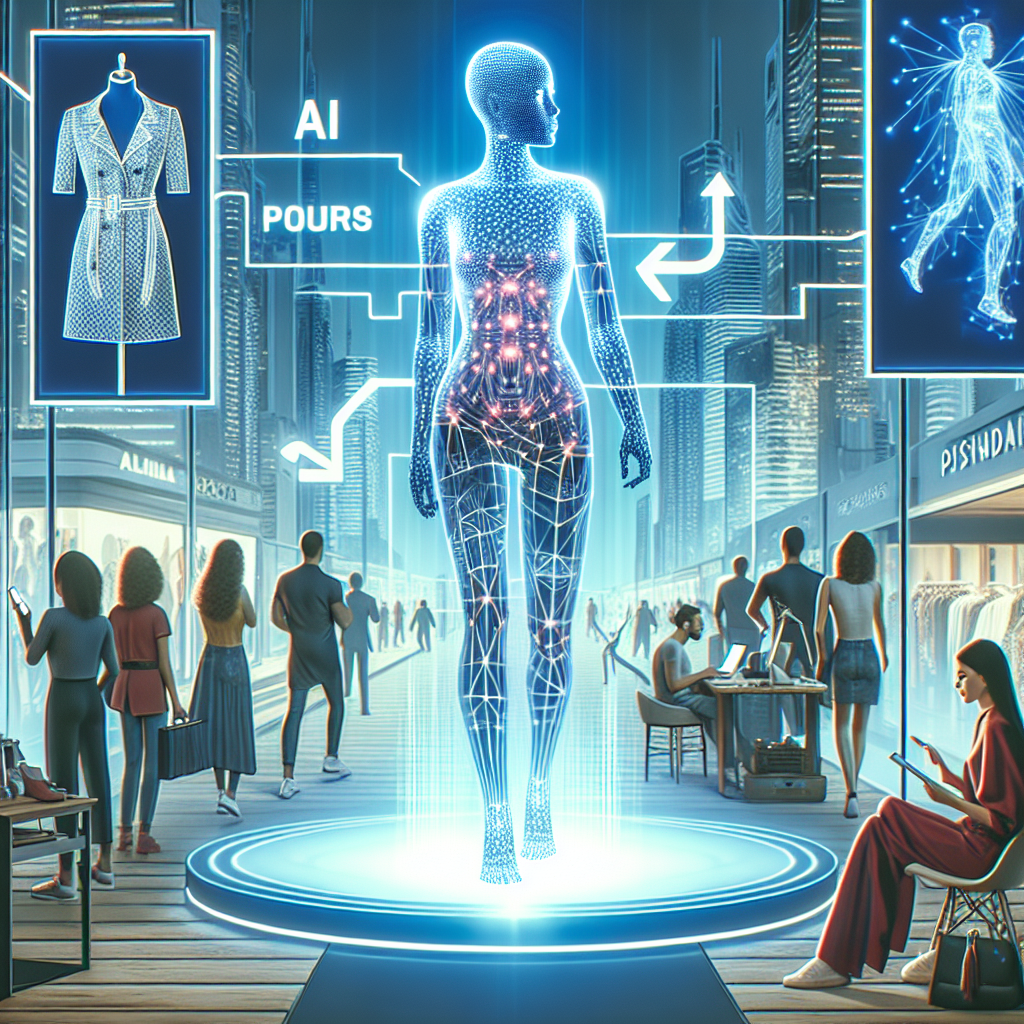Artificial Intelligence (AI) has been revolutionizing various industries, and the fashion industry is no exception. With the advancement of AI technology, fashion brands are able to create more personalized and innovative products, streamline their operations, and enhance the overall shopping experience for consumers. As we look ahead to 2022, let’s explore some of the AI-powered fashion trends that are expected to dominate the industry.
1. Personalized Shopping Experiences
One of the key trends in AI-powered fashion is the focus on personalized shopping experiences. AI algorithms can analyze customer data and behavior to create tailored recommendations for each individual shopper. This includes personalized product suggestions, size recommendations, and styling tips based on the customer’s preferences and past purchases.
Brands like Stitch Fix and Nordstrom have already been leveraging AI to offer personalized styling services to their customers. In 2022, we can expect to see more fashion brands adopting AI-powered tools to enhance the shopping experience and drive customer loyalty.
2. Virtual Try-Ons
Virtual try-ons have become increasingly popular in the fashion industry, allowing customers to try on clothes virtually before making a purchase. AI-powered technology can create realistic 3D models of a customer’s body, allowing them to see how a garment will fit and look on them without having to physically try it on.
Virtual try-ons not only help customers make more informed purchasing decisions but also reduce the rate of returns, which is a major challenge for online retailers. In 2022, we can expect to see more fashion brands integrating virtual try-on technology into their e-commerce platforms to enhance the online shopping experience.
3. Sustainable Fashion
Sustainable fashion has been a growing trend in recent years, with consumers becoming more conscious of the environmental impact of the fashion industry. AI can play a significant role in helping fashion brands reduce waste and improve their sustainability practices.
AI algorithms can optimize the production process to minimize waste and energy consumption, as well as help brands make more informed decisions about sourcing materials and designing products. In 2022, we can expect to see more fashion brands using AI to drive sustainability initiatives and create more eco-friendly products.
4. Trend Forecasting
AI-powered trend forecasting has become an essential tool for fashion brands looking to stay ahead of the curve. By analyzing vast amounts of data from social media, e-commerce platforms, and fashion shows, AI algorithms can identify emerging trends and predict what styles will be popular in the future.
Fashion brands can use this information to inform their design and marketing strategies, ensuring that they are offering products that resonate with their target audience. In 2022, we can expect to see more fashion brands relying on AI-powered trend forecasting to stay competitive in the fast-paced industry.
5. Supply Chain Optimization
AI can also help fashion brands optimize their supply chain operations, from sourcing materials to manufacturing and distribution. AI algorithms can analyze data to identify inefficiencies in the supply chain and suggest ways to improve processes, reduce costs, and increase speed to market.
By leveraging AI-powered tools, fashion brands can better manage inventory, reduce lead times, and respond quickly to changes in demand. In 2022, we can expect to see more fashion brands investing in AI technology to streamline their supply chain operations and improve overall efficiency.
FAQs:
Q: How is AI used in fashion design?
A: AI is used in fashion design to create personalized products, optimize the design process, and predict trends. AI algorithms can analyze data to identify patterns and preferences, helping designers create products that resonate with their target audience.
Q: What are the benefits of using AI in the fashion industry?
A: Some of the benefits of using AI in the fashion industry include personalized shopping experiences, virtual try-ons, sustainable practices, trend forecasting, and supply chain optimization. AI can help fashion brands improve efficiency, drive innovation, and enhance the overall customer experience.
Q: Will AI replace human designers in the fashion industry?
A: While AI can assist in the design process, it is unlikely to completely replace human designers in the fashion industry. Human creativity, intuition, and emotion are still essential components of the design process, and AI is used to enhance rather than replace these qualities.
In conclusion, AI-powered fashion trends are set to transform the industry in 2022 and beyond. From personalized shopping experiences to sustainable practices and trend forecasting, AI technology is revolutionizing the way fashion brands operate and interact with consumers. By embracing AI-powered tools, fashion brands can stay ahead of the curve, drive innovation, and create a more engaging and sustainable future for the industry.

